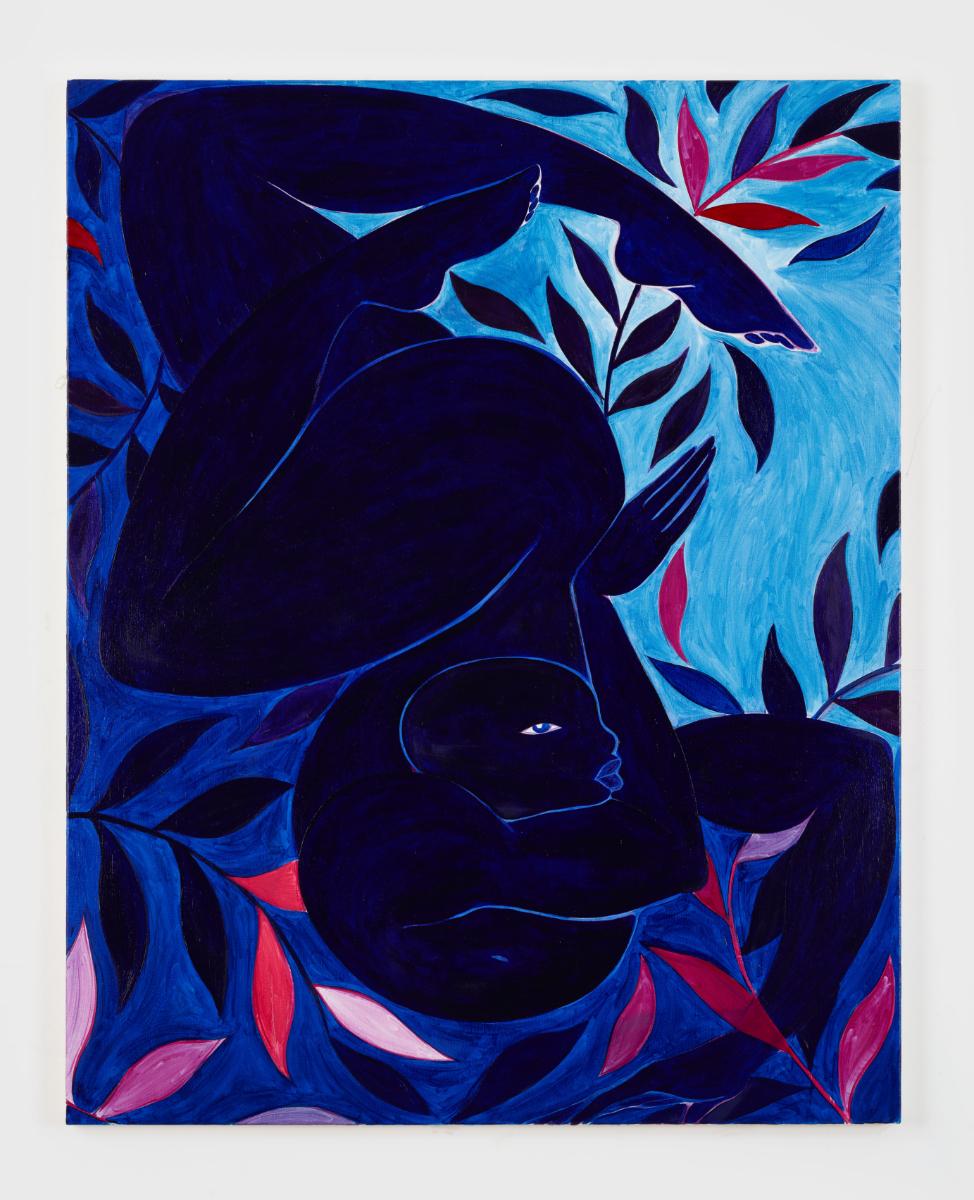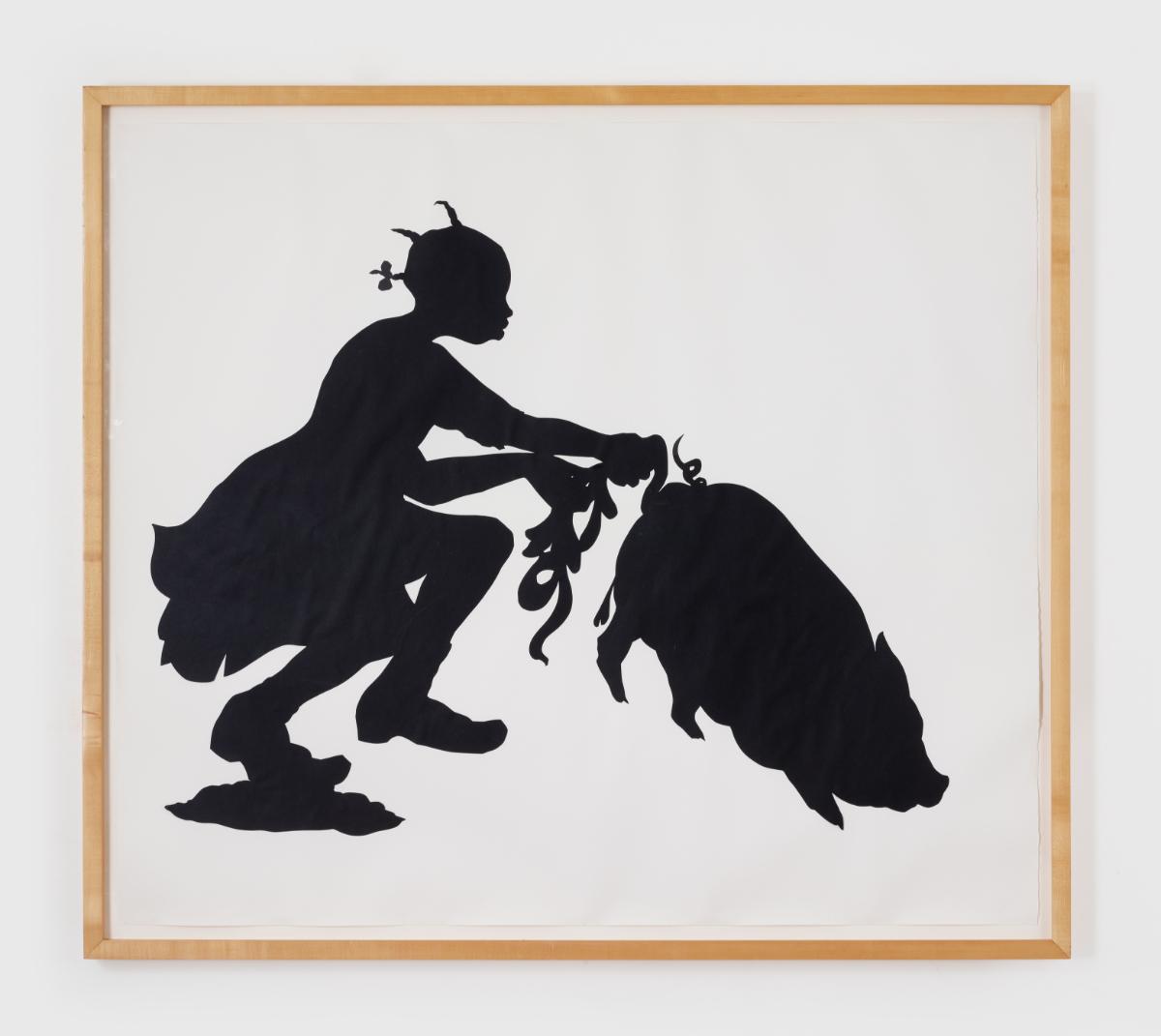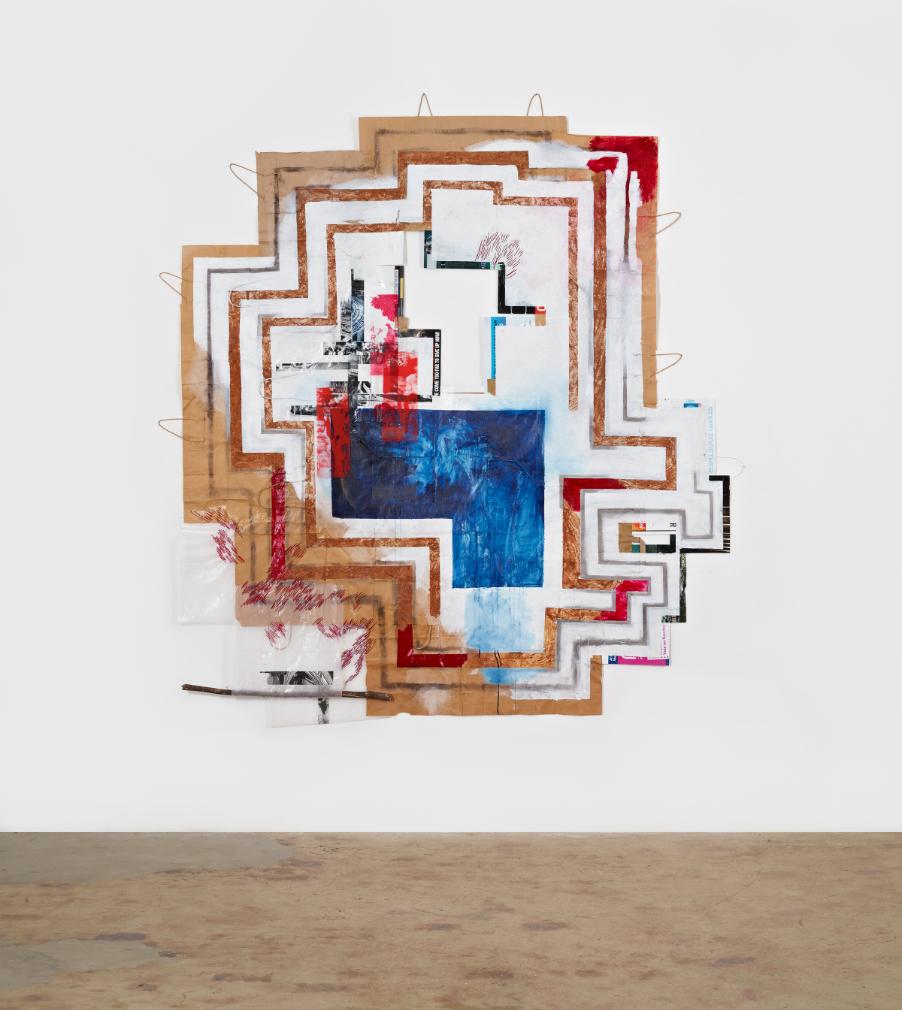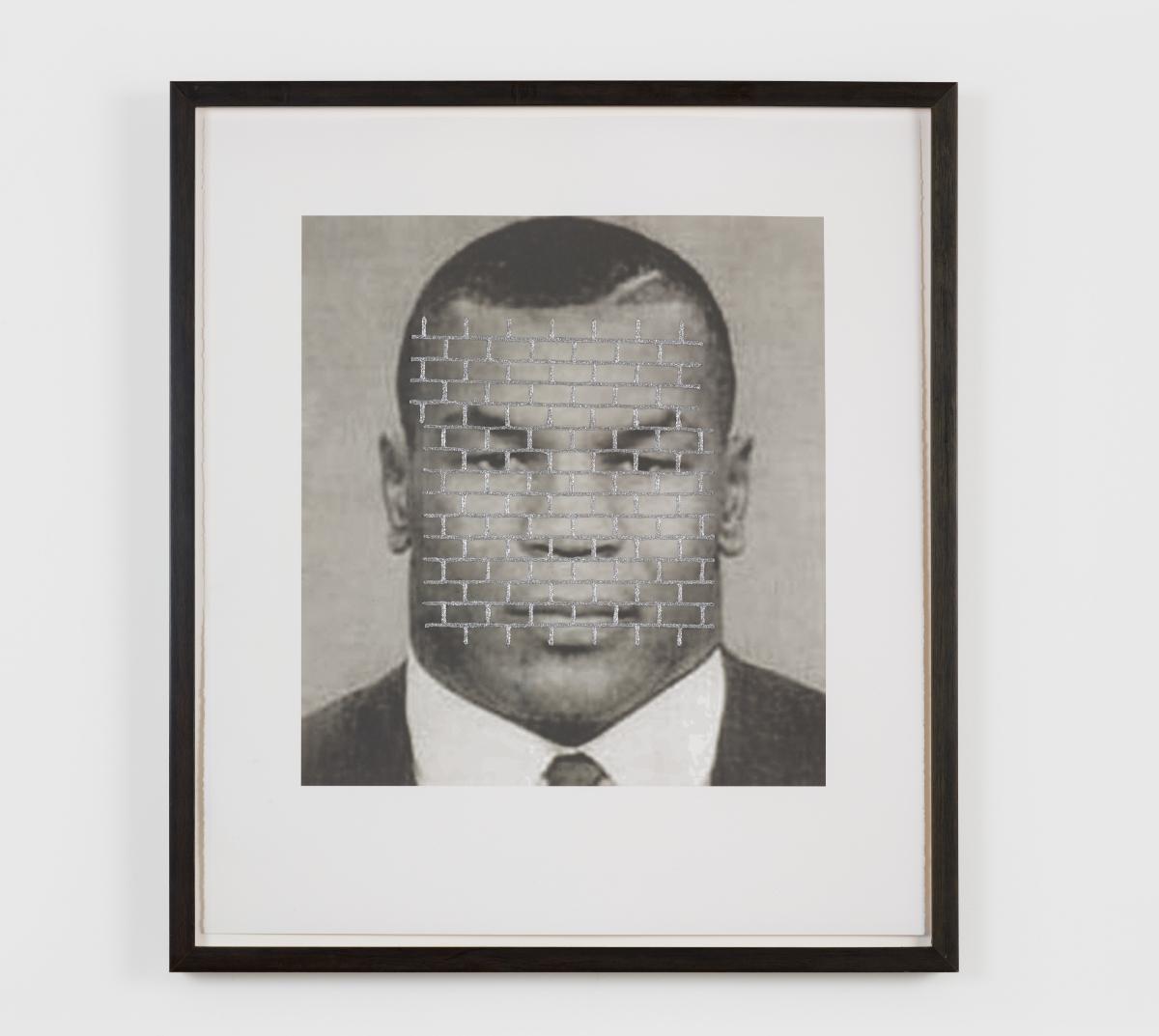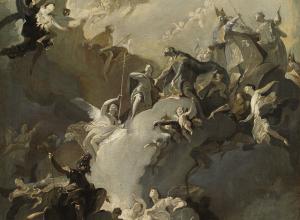Providing insight into the inspiration for former MTV News producer Bernard Lumpkin’s creation of the collection with his husband, lawyer Carmine Boccuzzi, the 256-page book, which was edited by writer and independent curator Antwaun Sargent, highlights the work of more than forty contemporary artists of color from America and the African diaspora while commenting on Black artists who preceded and paved the way for them.
Taking its title from the lyrics of an eponymous Nina Simone song, the tome and accompanying fifty-piece traveling exhibition, which is currently on view at New York’s Lehman College Art Gallery, offer an overview of some of the most influential art being made in the present moment, which has been—and continues to be—a highly tumultuous time.
Focused on Black identity, politics, and art history, the works in the collection were acquired by both Lumpkin and Boccuzzi, but it’s the former, whose father was an African-American physicist from Watts and mother a Sephardic Jew from Morocco, who assumes the role of ambassador for the collection, which includes more than 400 paintings, sculptures, photographs, videos, drawings, and prints.




